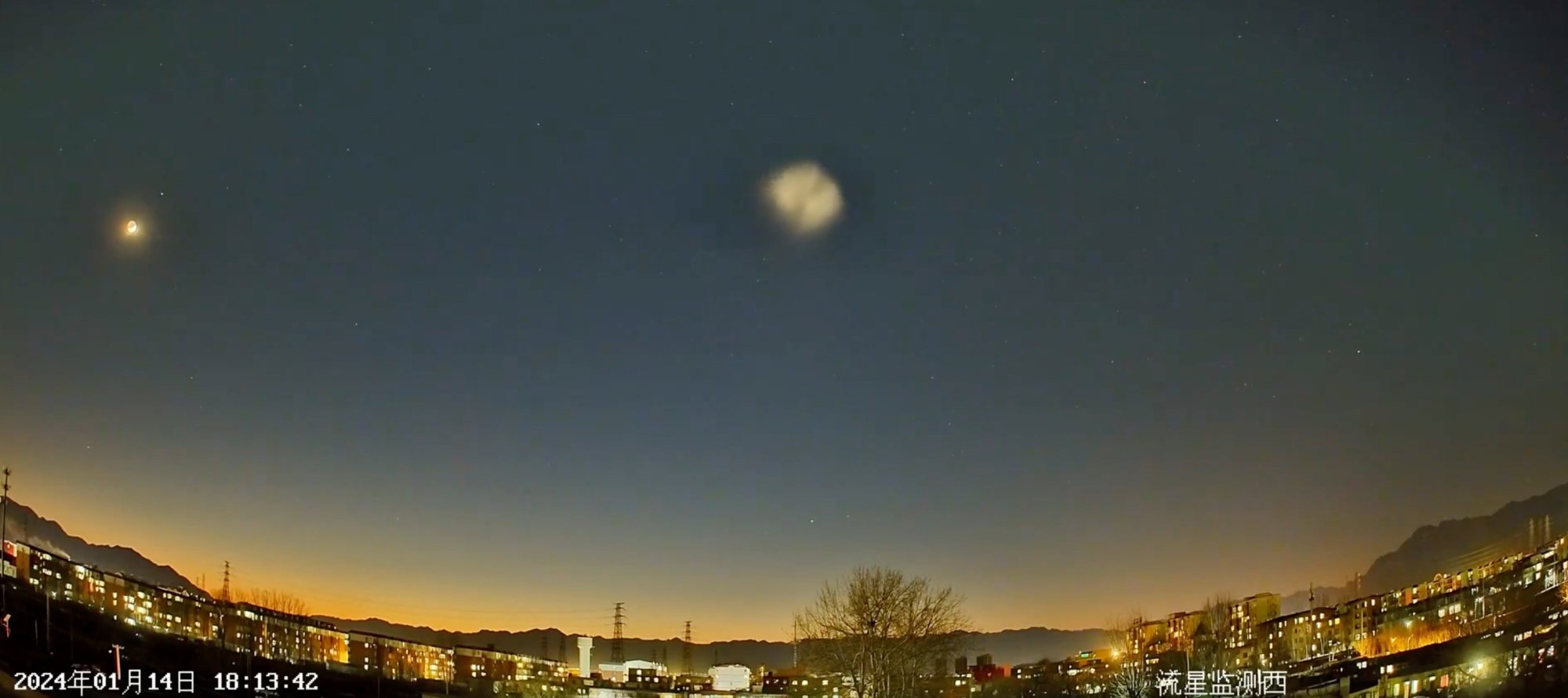Beijing is buzzing over the UFO spotted by residents – but what was it?
One Beijing resident described it as “a moving cloud-like object”.
Is the truth in here? Nasa releases UFO report after year-long study
Is the truth in here? Nasa releases UFO report after year-long study
Another gave a more detailed description, saying the weather in Beijing was “very clear, with no clouds, and then I saw a glowing object looming, but the light was not flashing”.
The luminous object “had three light sources and was shaped like an isosceles triangle”, the person wrote, adding that it eventually “dissipated like a mist and disappeared without a trace”.
The UFO was reported by people in a number of places in China, including the nearby city of Tianjin, as well as in the central province of Shanxi and Shandong in the east.
They described the object as “a misty ball of light” that flew rapidly from west to east and made no sound. Many who saw it noted that there were no flashing lights so it was not likely to be a plane.

A Falcon 9 rocket sent 22 Starlink satellites into low-Earth orbit from the Vandenberg Space Force Base in California on Sunday at 3.59am local time (4.59pm in Beijing).
Wang said the rocket’s trajectory was a 53-degree inclination to the south, and it would have been over northern China at the halfway point. That would have made it visible in Beijing and other cities at sunset or before sunrise.
He said that after the Starlink satellites were sent into orbit, the rocket would have dumped its excess fuel.
China ups bid to rival Starlink as megaconstellation satellite production begins
China ups bid to rival Starlink as megaconstellation satellite production begins
That process can scatter light, meaning it could have formed a cloud around the rocket, according to Wang.
He said the rocket would also have been tumbling to get rid of the extra fuel, which would explain why the “rocket cloud” had different shapes.
An astronomer with the Beijing Planetarium, who spoke on condition of anonymity, also said it could have been a rocket launched from the US.
People in northern China reported a similar object in the sky on the night of September 13, describing it as two beams of light that gradually disappeared after about a minute. That turned out to be a rocket cloud that had formed after a spacecraft launch.
This article has been archived for your research. The original version from South China Morning Post can be found here.


